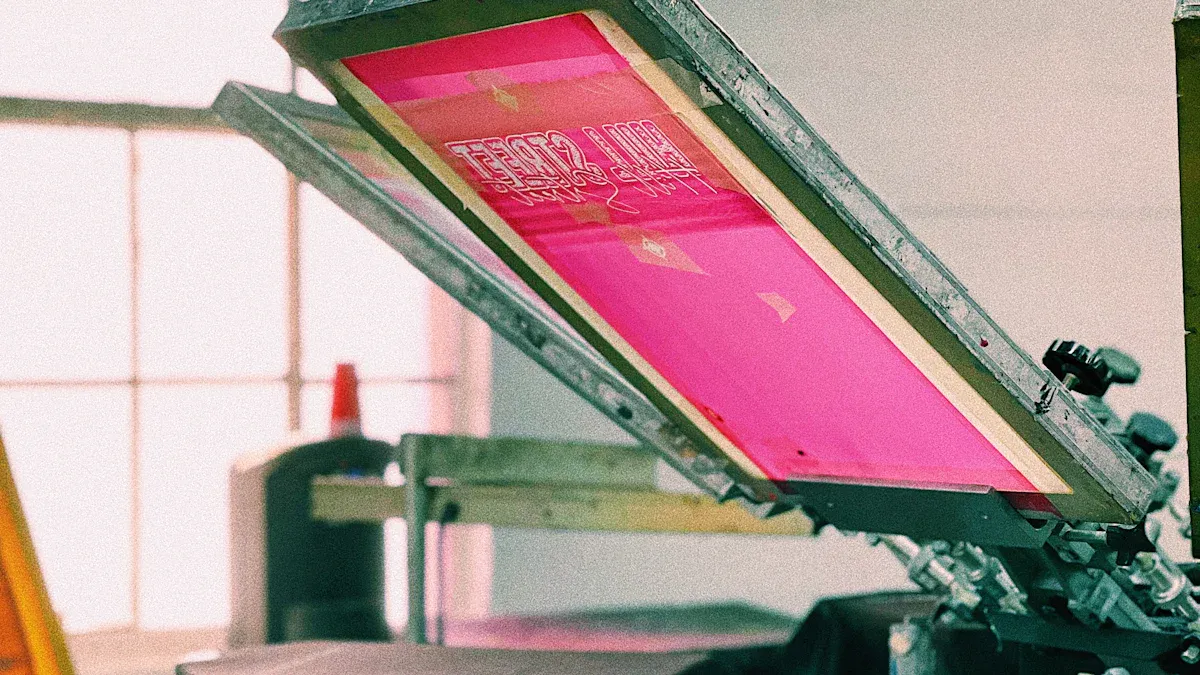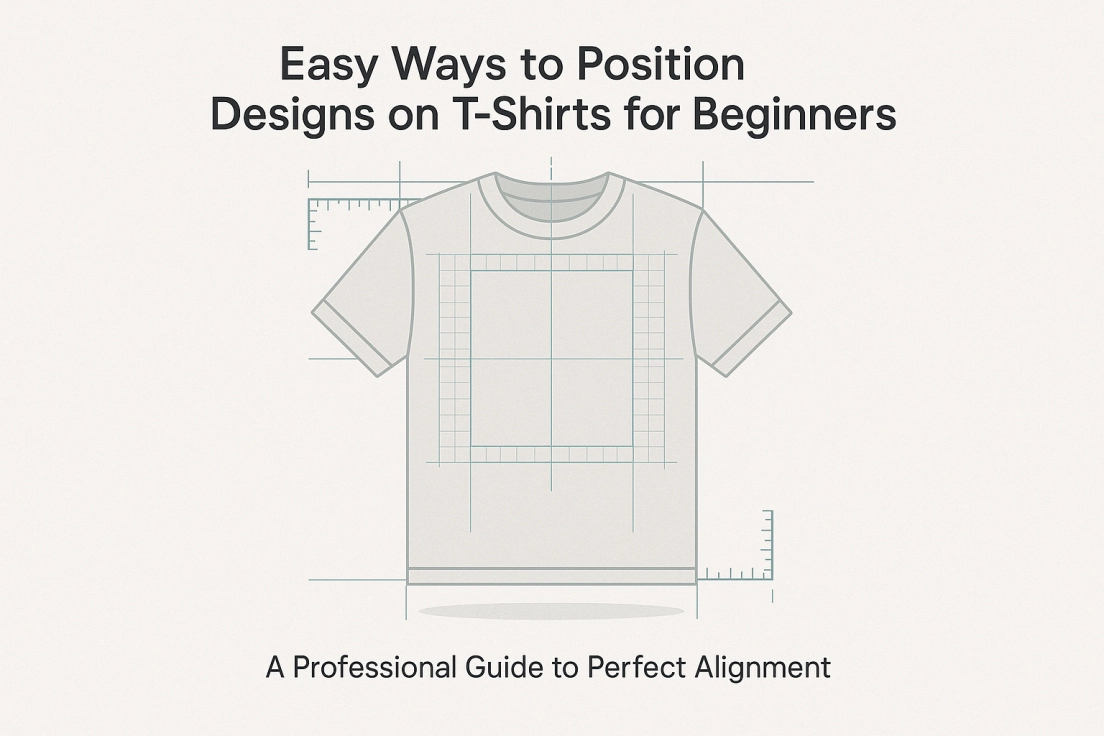What You Need to Know About Drying Cabinets
Drying cabinets are game-changers in screen printing, home laundry, and industrial settings. As a U.S.-based screen printer, I’ve seen firsthand how these machines go beyond “just drying” to boost efficiency and preserve material quality. This guide dives into what drying cabinets are, their types, benefits, buying tips, applications, and maintenance know-how to help you pick and use the perfect drying solution.
What Is a Drying Cabinet
Definition and Core Functions
A drying cabinet is a specialized device that removes moisture from materials by precisely controlling temperature, humidity, and airflow. Unlike standard tumble dryers that blast high heat and toss items around, drying cabinets use gentle, low-temperature airflow to protect delicate fabrics and printed goods. This ensures high-quality ink curing for screen-printed T-shirts or safe drying for silk and down jackets without shrinkage. The magic happens through a heat exchange and circulating air system that evenly distributes warmth, efficiently wicking away moisture while keeping materials intact.
Types of Drying Cabinets
Home Drying Cabinets
Compact and user-friendly, home drying cabinets are ideal for households or small studios. They handle clothes, sports gear, or small batches of printed T-shirts with adjustable temperature and timer settings. Typically holding 5-15 items and running at 500-1000W, they’re perfect for gentle drying needs.
Industrial Drying Cabinets
Built for heavy-duty tasks, industrial drying cabinets shine in print shops, laundromats, or production lines. With capacities for 50-200 garments or hundreds of printed items, they feature multi-stage temperature controls and programmable cycles for consistent, large-scale drying. Power ranges from 5-20kW, catering to high-output demands.
Specialty Drying Cabinets
Custom-designed for niche fields, specialty drying cabinets serve labs, museums, and high-tech industries. Lab models offer pinpoint temperature control (±0.1°C) for drying glassware or samples. Museum cabinets maintain ultra-low humidity (down to 5% RH) to preserve artifacts. In tech, they dry sensitive electronics, ensuring no moisture lingers.
Why Use a Drying Cabinet
Gentle Drying Process
The low-temperature airflow in drying cabinets protects delicate materials like screen-printed tees or silk garments, preventing ink cracking or fabric distortion. Unlike tumble dryers that hit 200°C, drying cabinets operate at 40-80°C with even airflow for top-notch results. Studies show gentle drying cuts textile shrinkage to under 0.5%, extending material life.
Energy Efficiency and Eco-Friendliness
Modern drying cabinets use advanced heat pumps and heat recovery systems, slashing energy use by 30-50% compared to traditional dryers. For instance, an industrial cabinet running 8 hours daily can save around $1,000 a year on electricity. Many models also feature low-carbon designs, reducing CO2 emissions and aligning with sustainable production trends.
Versatility
Drying cabinets are Swiss Army knives, handling everything from clothes and shoes to industrial parts and specialty materials. In screen printing, they dry canvas bags, uniforms, or billboards. At home, they tackle towels or down jackets. Adjustable settings (temperature from 40-100°C, airflow at 1-5 m/s) make them adaptable to diverse needs.
Key Features to Look for When Buying
Temperature and Humidity Control
Precise control is the heart of a drying cabinet. Top models offer temperature adjustments (±1°C) and humidity regulation (±5% RH) to ensure perfect ink curing or fabric drying. Go for units with digital displays and PID controllers to avoid temperature swings that could ruin prints.
Size and Capacity
Match capacity to your needs: home models (20-50L) suit small batches, while industrial ones (100-500L) handle big jobs. Measure your space to ensure proper ventilation. Home units take up about 0.5 sqm; industrial ones need 2-5 sqm.
Extra Features
- Programmable Timers: Enable overnight operation, saving labor.
- Air Filtration: HEPA filters reduce dust, protecting prints.
- Noise Reduction: Look for models under 50dB for quiet operation in homes or busy shops.
- Smart Monitoring: High-end units offer app-based remote control for real-time drying updates.
Buying Tip: Don’t just chase low prices—focus on energy efficiency (EER > 3.0) and durable materials like stainless steel interiors. A common mistake is overlooking service support; stick with brands offering at least a 1-year warranty.
Where Drying Cabinets Shine
Home Use
Home drying cabinets are great for everyday laundry, bedding, or small print runs. Their gentle airflow preserves premium fabrics like wool or custom tees, avoiding ink smudging. Drying takes 1-2 hours, beating air-drying for speed.
Commercial and Industrial Use
Industrial drying cabinets are workhorses for laundromats, hotels, gyms, and print shops. They churn through towels, uniforms, or printed canvas in 30-60 minutes, keeping turnaround tight. Precise controls prevent ink issues, boosting customer satisfaction.
Specialty Applications
Specialty cabinets are critical in unique settings. Lab units support vacuum or inert gas drying for chemical experiments. Museum models with ultra-low humidity (<10% RH) safeguard ancient books or textiles. In electronics, cleanroom cabinets ensure moisture-free components.
Maintenance and Care
Routine Cleaning
Wipe down the interior weekly with a soft cloth to remove ink or dust. Remove and rinse filters with warm water, letting them air-dry to prevent mold. Monthly, check airflow paths for blockages to maintain efficiency.
Troubleshooting Common Issues
- Uneven Drying: Inspect airflow paths or bump up the temperature (60-80°C recommended).
- Unusual Noise: Clean the fan or check belt tension.
- Won’t Start: Verify power connections or check for overheating; call a pro if needed.
Extending Lifespan
Tighten screws and lubricate bearings monthly to prevent wear. Deep-clean the interior and heat exchanger every quarter. Schedule technician checkups for motors and controls every six months. Regular care can stretch equipment life to 8-10 years, per industry data.





